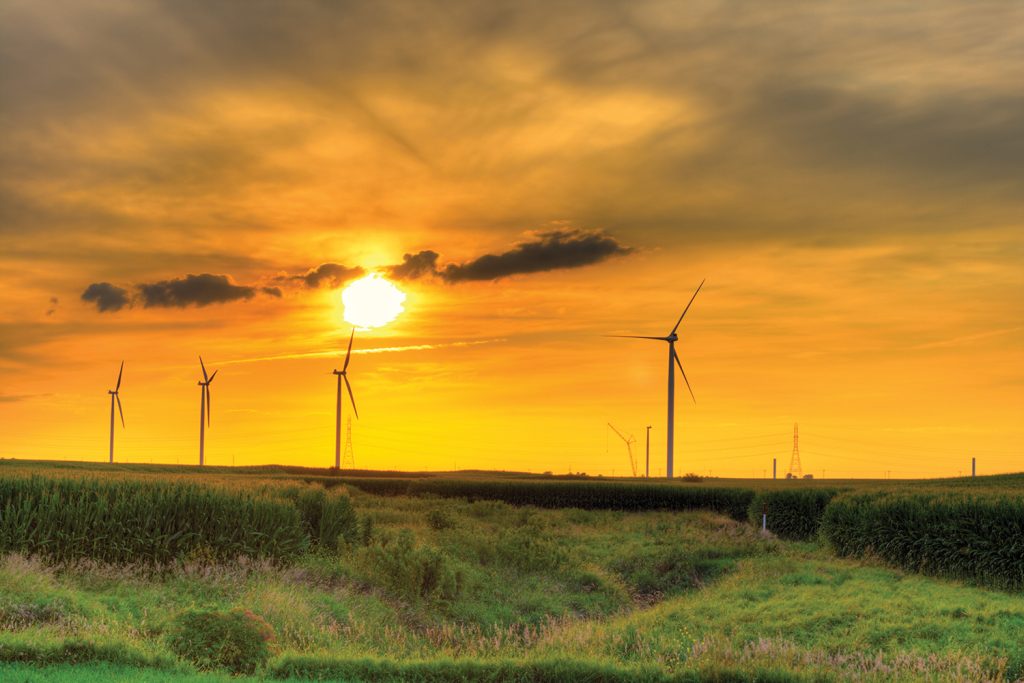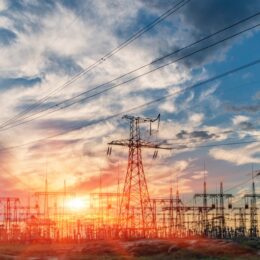
By Brian Hawk
As gas prices soared over the last several months, more drivers considered the appeal of electric vehicles. Those thoughts likely grew stronger when drivers stared at the gas pump’s ever increasing price display while they filled the tank.
Transitioning from a gas-powered vehicle to an electric vehicle can help drivers save on long-term energy costs. Switching to a more energy efficient model can also reduce dependence on fossil fuel. It’s an example of beneficial electrification. The nonprofit Beneficial Electrification League defines “beneficial electrification” as applying electricity to uses that achieve one of the following conditions while not harming another:
- Saving consumers money
- Benefiting the environment while reducing greenhouse gas emissions
- Improving people’s quality of life
- Fostering a more resilient energy grid
It is not an “electrify everything” approach. Beneficial electrification has become possible in recent years as more renewable energy resources such as wind and solar energy have been added to the grid while more fossil fuel sources, such as coal plants, are scheduled to be retired in the coming years.
There are several reasons families and businesses would consider beneficial electrification improvements:
It can help people achieve their sustainability goals.
Families and businesses that switch to more efficient electric appliances and HVAC systems will reduce their carbon footprint. Many businesses now incorporate sustainability goals into their corporate strategy. Lowering their dependence on fossil fuels by reducing their energy use can help them reach those goals.
Energy efficient upgrades can lower long-term energy costs.
Energy Star-certified appliances use less energy and last longer than other products on the market, which lowers overall operation costs. Some electric co-ops may offer rebates for qualifying energy efficient upgrades, making them even more economical. In some cases, newer technology such as LED lighting can have additional benefits, including a longer lifecycle compared to older kinds of lighting.
Reduce dependency on volatile energy resources.
Coal, natural gas and oil have seen drastic price fluctuations in the last few years given supply chain issues and global demand. Electricity is generated from a variety of resources, including wind, the sun, nuclear power and even landfill gas. By upgrading appliances and HVAC systems to efficient electric alternatives, you will be able to utilize the diverse resources generating electricity.
Families and businesses that take advantage of beneficial electrification can reduce their carbon footprint and lower their long-term energy use. Contact your local electric cooperative’s energy advisor for details on options you should consider.
BRIAN HAWK is the energy advisor at Noble REMC in Albion, Indiana.



